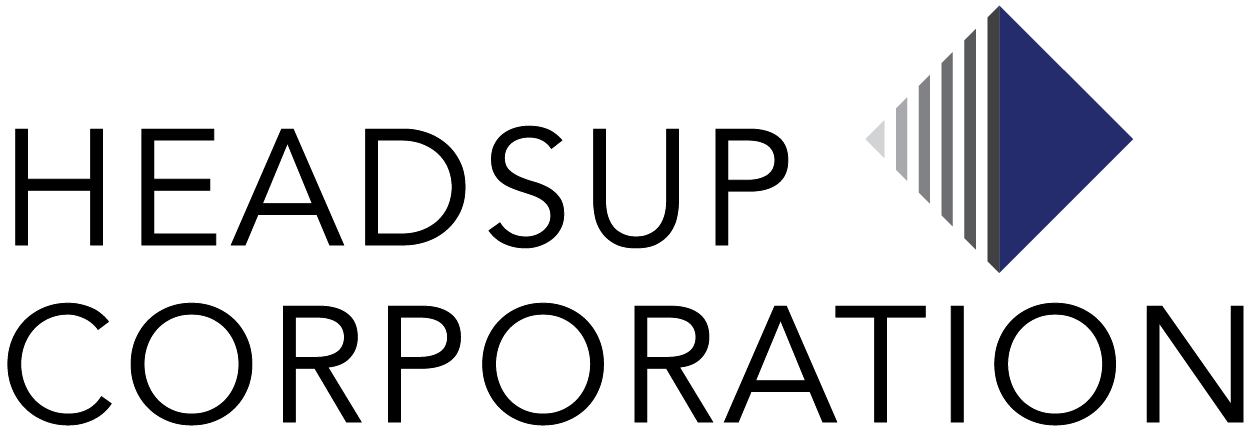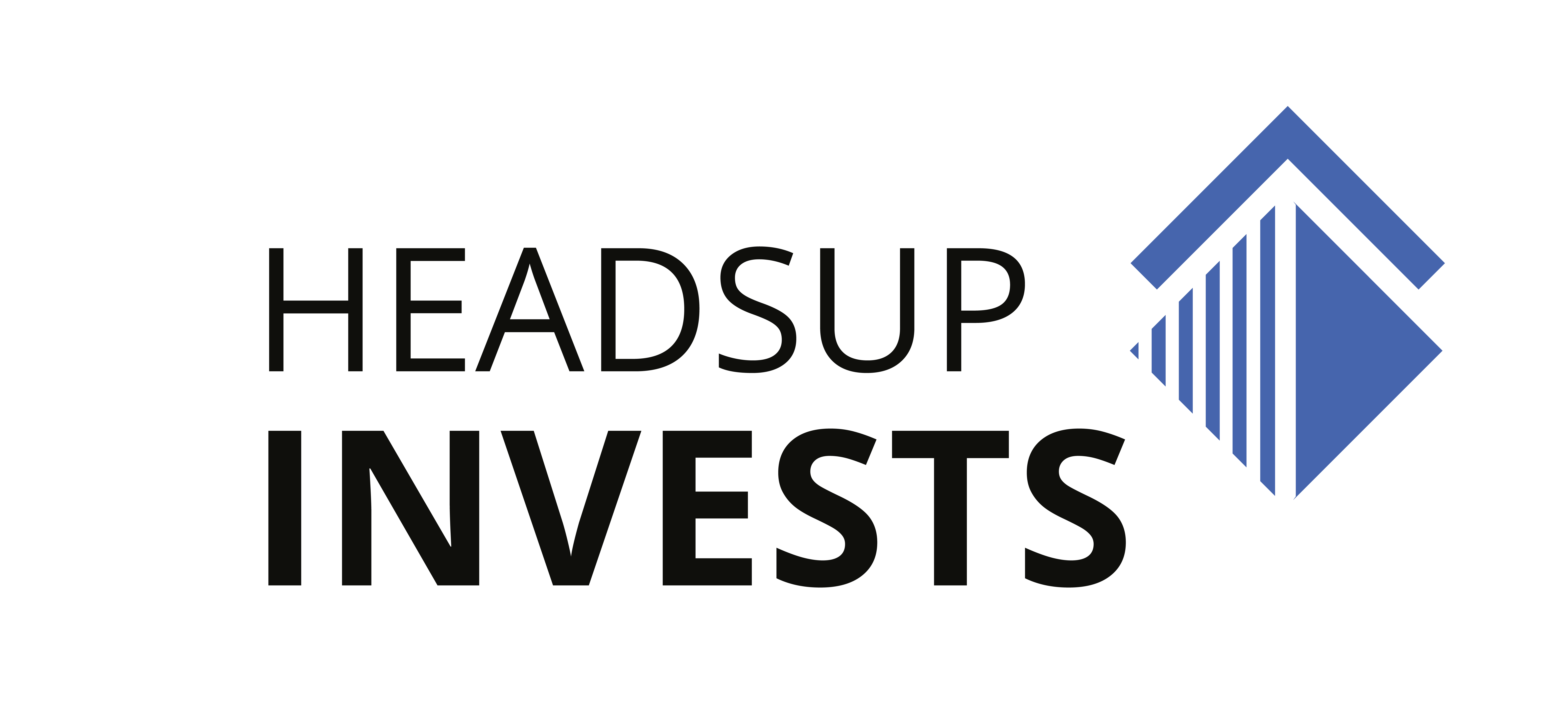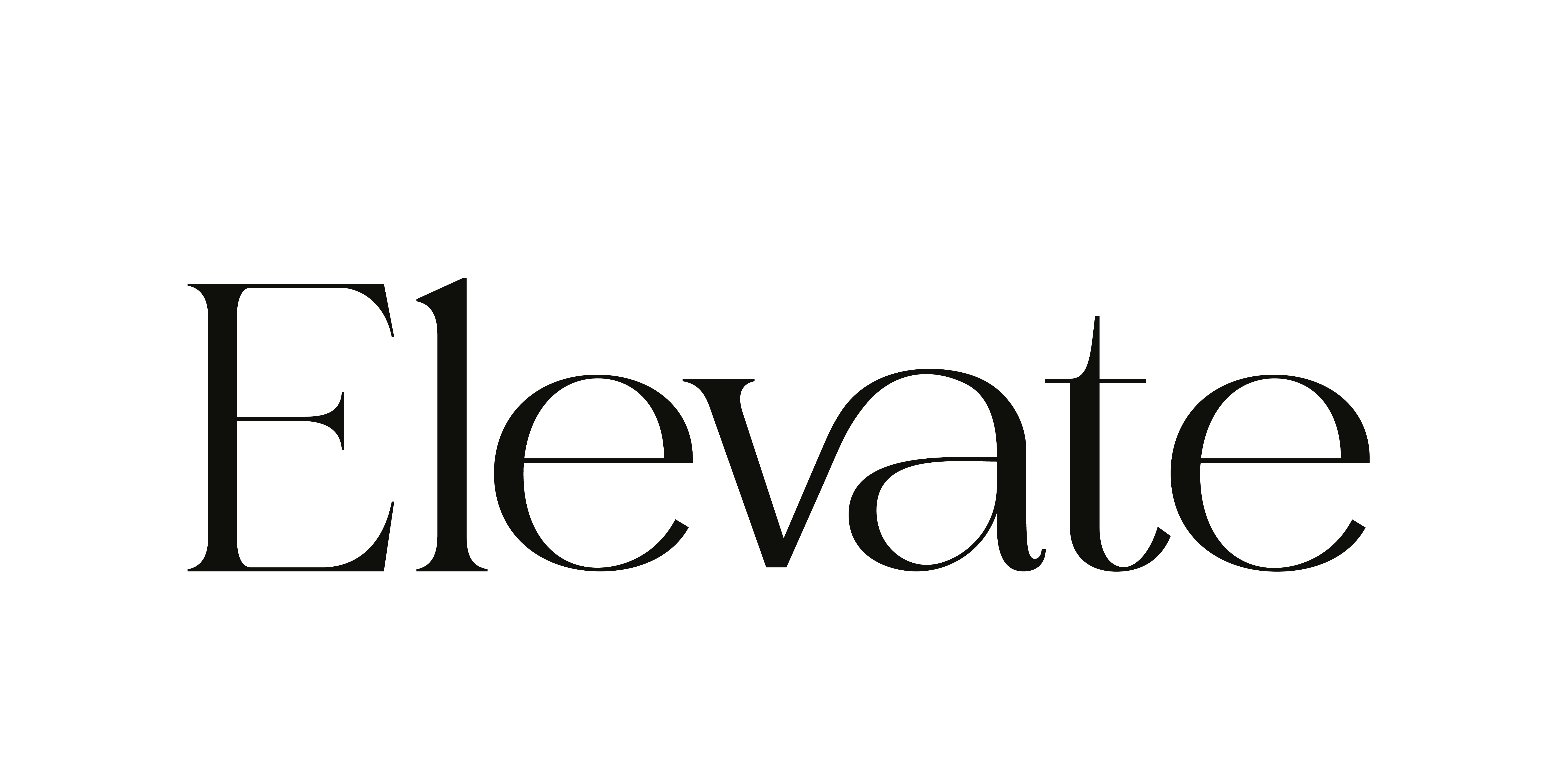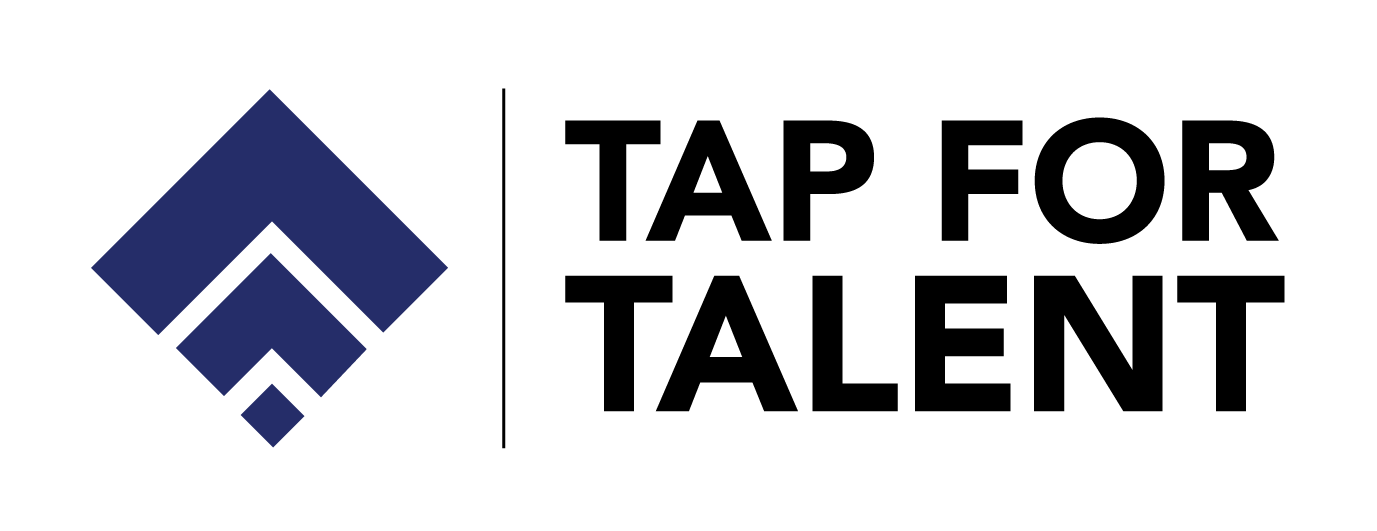Human Resources is often the most human-centric function, but that doesn’t mean it can’t be data-driven. In fact, in today’s talent-fuelled business world, HR needs numbers to speak just as clearly as people do. That’s where HR KPIs (Key Performance Indicators) come in. Think of them as the metrics that translate people’s impact into business impact. When tracked right, they not only help you fix what’s broken but also scale what’s working.
What is a KPI?
A KPI (Key Performance Indicator) is a measurable value that shows how effectively a person, team or organisation is achieving key objectives. KPIs aren’t vanity metrics — they’re purpose-built indicators. Good KPIs are SMART: Specific, Measurable, Achievable, Relevant and Time-bound. Whether you’re tracking sales growth or employee engagement, KPIs help you get a better understanding. They keep you aligned, help you course-correct and show real-time progress. Think of them as performance’s answer to “How are we really doing?”
What are KPI Reports?
KPI reports are structured documents or dashboards that visualise your performance metrics over time. They give context, trends and insights beyond the raw numbers. These aren’t just charts you show in a quarterly meeting, they’re diagnostic tools. A well-designed KPI report helps you spot red flags early, identify high-performing areas and make informed decisions without relying on gut feel alone. Today, many companies use dashboards integrated into their HR tech stack, rather than static Excel sheets. Why? Because real-time data = real-time agility.
What are HR KPIs?
HR KPIs are performance indicators specifically designed to track the efficiency, health and outcomes of your HR initiatives. From how fast you hire, to how long people stay, to how happy they are, these metrics bring tangibility to the otherwise intangible world of people and culture. They help HR leaders justify budgets, refine strategies and align with business goals.
Top HR KPIs Every Organisation Should Track
Here are the most crucial HR KPIs that indicate whether your people strategy is on point or off track:
Time to Hire
It measures the time between posting a job and accepting an offer. A long time-to-hire could mean inefficiencies in sourcing, screening or decision-making. Optimising this ensures you’re not losing top talent to faster-moving competitors and helps reduce strain on teams covering vacant roles.
Cost per Hire
This includes job ads, recruiter fees, assessments, onboarding and more, divided by total hires. Tracking this helps balance quality hires with budget efficiency. It also guides smarter recruitment investments and highlights when your hiring process is costing more than it should for the outcomes you’re getting.
Employee Turnover Rate
A high turnover rate indicates potential problems in work culture, compensation, leadership or role clarity. It’s calculated by dividing total separations by average employee count. Understanding who’s leaving and why lets you spot patterns, intervene early and prevent valuable talent from slipping through the cracks.
Retention Rate
The opposite of turnover, this KPI tracks how many employees stay within the company over a specific period. High retention often signals a healthy culture, career development opportunities, and strong leadership. Monitoring this helps HR teams evaluate long-term satisfaction and loyalty within different departments or cohorts.
Absenteeism Rate
This tracks the frequency and duration of unplanned employee absences. While occasional sick days are normal, high absenteeism can point to burnout, disengagement or deeper workplace issues. It’s a critical flag for HR to assess work-life balance, team morale or even leadership effectiveness.
Employee Satisfaction Score
Usually gathered via surveys, this measure shows how content employees are with their roles, teams, and the organisation overall. A drop in this score can precede higher turnover or performance dips. Tracking satisfaction lets you identify hidden pain points before they escalate into attrition or a toxic culture.
Internal Promotion Rate
This reflects how many roles are filled through internal mobility versus external hires. A high internal promotion rate signals growth opportunities, succession planning, and talent development. It boosts morale, reduces hiring costs and shows employees that their careers can grow within your company, not outside it.
Offer Acceptance Rate
This is the percentage of candidates who accept your job offers. A low rate suggests issues with compensation, role clarity, or candidate experience. Monitoring it helps you fine-tune your hiring proposition and employer brand, because great candidates declining offers means opportunity (and money) lost.
Integrating HR KPIs isn’t just about tracking data, it’s about creating a smarter, more intentional people strategy. Begin by aligning your KPIs with your business goals, then choose metrics that matter for your context. Invest in tools that simplify tracking and make consistency your mantra. But don’t stop at numbers, interpret them, tell stories with them, and most importantly, act on them. When used right, HR KPIs don’t just measure impact, they drive it. With the right approach, your HR team transforms from a support function into a strategic compass for the entire organisation.








